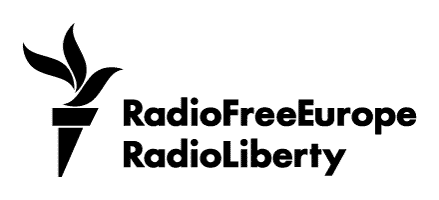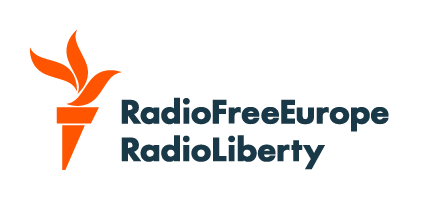On April 3-4, NATO foreign ministers will gather in Brussels for their regular spring meeting.
Much like at the defense ministerial in February, all eyes will be on the American representative. Then, it was Defense Secretary Pete Hegseth; this time, it's Secretary of State Marco Rubio.
When Rubio was first slated for the role in the new Trump administration, most Europeans rejoiced. He was seen as an ardent "transatlanticist."
Now, there is a certain nervousness, according to the NATO diplomats I have spoken to.
While some say, "He still gets us and the alliance," they wonder what influence he really has within the US government and what he will say when it comes to Ukraine, Russia, and China.
Two things, however, are apparent.
Just like Hegseth, Rubio will hammer home the message that European allies need to step up on defense spending and burden sharing.
And, just like in February, the allies will hope that the United States reconfirms its commitment to NATO and its mutual defense clause, Article 5.
Since the only other NATO gatherings before the alliance's June summit are an informal foreign ministers' meeting in Turkey in mid-May and a defense ministers' session in early June, this week's meeting serves very much as a dress rehearsal for the summit in The Hague on June 24-26.
The goal for that meeting is clear: Keep the alliance together by considerably ramping up defense spending.
NATO Secretary-General Mark Rutte is pushing for every ally to commit to spending at least 3.7 percent of gross domestic product on defense as quickly as possible and with regular progress reports.
This push is aimed at placating US President Donald Trump at the summit, but some European allies will be reluctant to commit too much on defense too soon given they are struggling with low growth and ballooning budget deficits.
Will Rubio Snub The EU's Kaja Kallas Again?
Perhaps the one thing to look for during the ministerial is the session devoted to NATO-EU relations, with the latter represented by the European bloc's foreign policy chief, Kaja Kallas.
Rubio snubbed Kallas when she traveled to the United States earlier this year, and all EU diplomats I have spoken to admit that Washington doesn't see the EU as a serious interlocutor.
There is also plenty of tension, not least when it comes to the European Commission's latest defense spending proposal: a potential 150 billion euro ($163 billion) loan for EU member states to buy arms, though not from non-European countries. The United States is especially wary of any moves that would lock it out of a European defense-spending splurge.
But the biggest irritant, of course, is the fraying relationship on trade.
Just one day before the NATO meeting, the United States is set to impose a 25 percent tariff on all vehicle imports, a move that will hit countries like Germany especially hard. This follows existing US duties on European steel and aluminum, which Brussels is planning to counter with retaliatory measures on April 13.
Will The US Ramp Up Pressure On Russia?
Another guest at the ministerial is Ukrainian Foreign Minister Andriy Sybiha. An update on the situation on the battlefield is expected but, again, it will be Rubio who is in the spotlight.
Will the United States increase pressure on Russia in case the cease-fire deals concerning infrastructure and Black Sea traffic aren't holding?
While Ukraine's membership in NATO is off the table for now, most European allies are keen to at least get assurances that US weapons will continue to go to Ukraine and that NATO's training mission for Ukrainian soldiers, NSATU, continues to operate.
So far, everything is still working. There also haven't been any changes when it comes to US troop posture on NATO's eastern flank.
What has changed, however, is that the United States is no longer chairing the Ukraine Defense Contact Group, known as the Ramstein group, which coordinates military support for Kyiv. The United Kingdom already chaired the last meeting of the group in February, and the next one tentatively scheduled for April 11 could be co-chaired by the UK and France.
Expect London and Paris to also continue working, at least on the sidelines of the ministerial, on a potential reassurance force in Ukraine should a permanent cease-fire take hold.
However, details such as troop numbers, participating countries, and the exact mandate will have to remain sketchy for now.
What's become increasingly apparent is that work on a new NATO strategy for Russia has stalled. The strategy -- defining how the alliance should engage with Moscow going forward -- was supposed to be endorsed at the Hague summit. But Washington has indicated that it wants to avoid introducing potential "irritants" on the path to a final peace deal, and such a strategy document could be exactly that.
Finally, the foreign ministers of NATO's four Asia-Pacific partners -- Australia, Japan, New Zealand, and South Korea -- will also be participating in a session at the explicit request of the United States.
While the US administration sees Beijing as a rival, its public criticism of China has so far been relatively muted.
In this session, ministers will be keen to hear Rubio's comments on how to approach a range of China-related issues.










